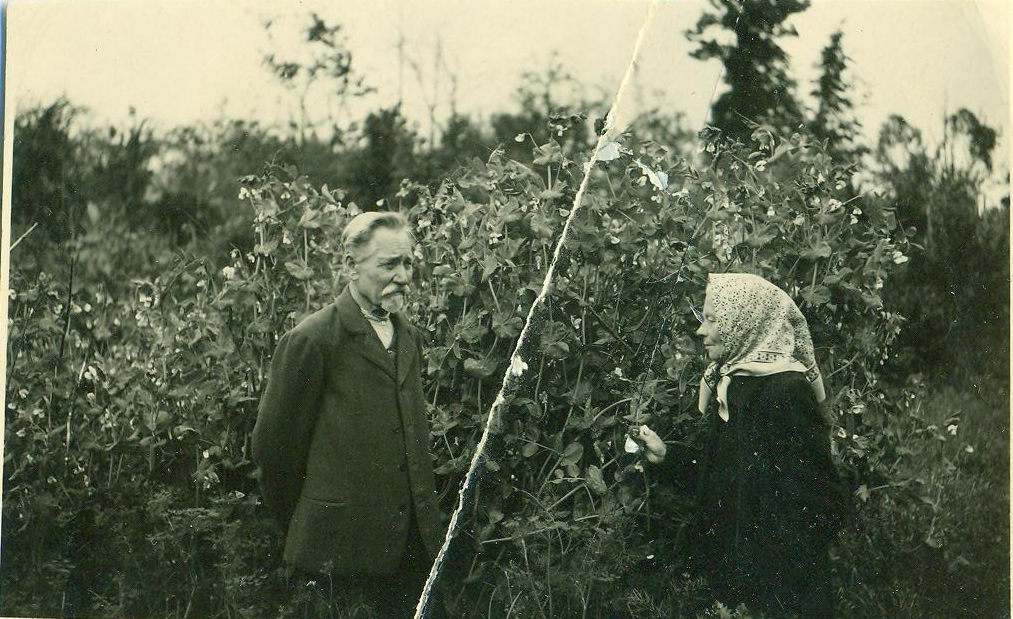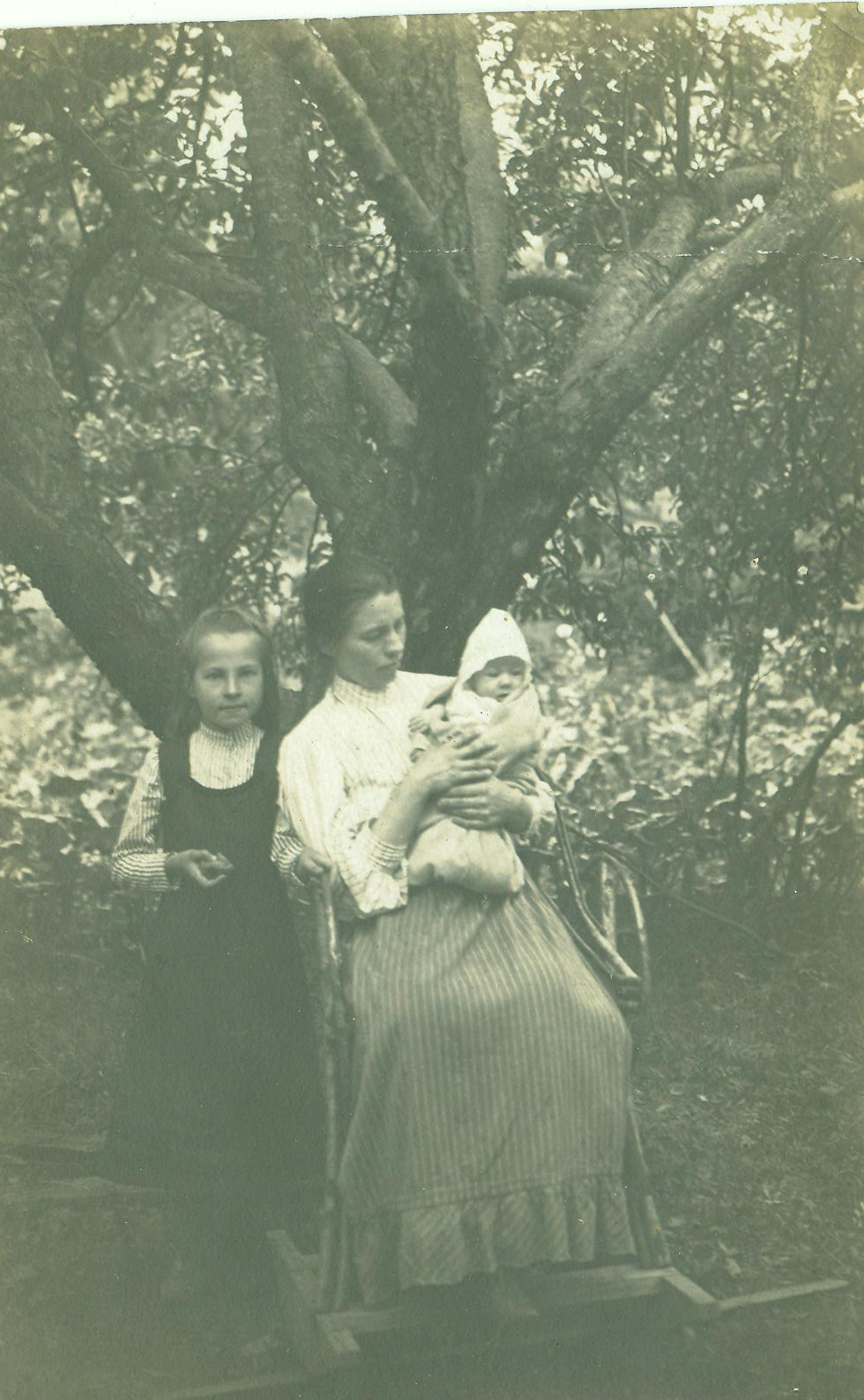As I mentioned yesterday, I’ll be heading to Latvia in January for four months, doing an internship at the Latvians Abroad Museum and Research Centre. I’m going to have a lot of interesting and exciting things to do while I’m there, and I’ll be sure to keep you updated about the different activities going on.
However, there is one downside to this trip – my college program mandates that these internships are unpaid. This is probably because museums are generally a non-profit field, which means that budgets can be tight, so in order to make sure everyone can get an internship, they make it such that they have to be unpaid, so it doesn’t wear on an institution’s budget. It makes sense.
I have a variety of scholarships, student loans and savings that are covering the basics for this trip and internship, but I’ll also be working hard in my spare time to increase my knowledge base in Latvian genealogical records (which I then pass on to you!), and I could use a little bit extra to help support that work.
And this is where you come in! If you believe in the work that I’m trying to accomplish with this website, I would greatly appreciate your support – and you can get all sorts of interesting results from that support! See below for a variety of options, and then email me at  (this is an image to prevent spam, you will need to type the address into your email program), and we can discuss your needs. All rates are in Canadian dollars.
(this is an image to prevent spam, you will need to type the address into your email program), and we can discuss your needs. All rates are in Canadian dollars.
I’ll accept a certain number of research projects on a case by case basis, for $20/hour plus photocopying costs. If you are interested in going to Latvia to do research yourself in the future, but would like to know ahead of time what kinds of sources are available for the parishes you’re researching, then that will be $25 per parish or small town, $50 for cities (with the exception of RÄ«ga, Daugavpils and LiepÄja, which are too large to be able to be constrained to such a project). Record lookups can also be available, depending on the record, number of pages, etc. Contact me, and we can work out an appropriate solution.
If you’re comfortable with the research that you have, but want a visual of the places your ancestors lived in, or the cemeteries they are buried in, then a variety of photo package options are possible – $10 for a photo montage of relevant areas of RÄ«ga, $25 for a photo montage of a place in Latvia accessible by public transport. If you want a cemetery search included in those rates, it will be $20-30 for RÄ«ga (depending on the size of the cemetery, and you must know the name of the cemetery), and $50 for other places in Latvia. For a place in Latvia without public transport access, it will be at least $100 for the photo montage and cemetery search, since I would need to rent a car or hire a taxi. Let me know what area you’re interested in and I will let you know if it is accessible by public transport or not. Any photographs of areas specific to your family (homesteads, gravestones, etc.) will remain exclusively for your use unless you give permission otherwise, but photos of public areas of town such as churches, town squares, etc. I may share on this website and in my published works.
For research clients, I will add in photo/cemetery packages as an added bonus – for every $100 of research you sign up for, I will include a photo montage and cemetery search for one town or parish accessible by public transport.
Important to note for photographs – I will be in Latvia from January to April, so it will be mostly winter. If you want spring photos (which would be taken in April), be sure to reserve early. I can’t control the weather, so depending on weather patterns, it might even end up being snowy then, I’m not sure. My previous trips to Latvia have always been in the summer, with the exception of one trip in December a few years ago, where it only snowed the morning I left.
Those are the personal options available to you – there are also a variety of ways how you can support and sponsor this site in a more general sense. The results from this work will be sent to you personally, as well as posted on this website for everyone to learn from. You can choose to remain publically anonymous if you want, but I will create a “Sponsors” page on this website, where, with your permission, I will post your name and a link to your website if you have one. Contribution amounts, email addresses, etc. will not be published – just names and websites.
I can compile parish histories more detailed than what you’d find on Wikipedia or elsewhere on the Internet – these would focus on the 19th and early 20th centuries, would provide statistics about the community, different businesses, the goings-on in the parish – whatever can be found from parish records, parish court records, local newspapers and formulated from statistical sources such as census or revision list records and so on. Histories for rural parishes can be sponsored for $50 each, towns for $100 and cities for $200 (again, excluding RÄ«ga, Daugavpils and LiepÄja). Like research projects, these will be accepted on a case-by-case basis.
Maybe you’re interested in starting a One Name Study, and want a starting point for some of your Latvian surnames (or you dont know where your ancestor was from, so you want me to keep an eye out for possibilities). I can record every instance of the surname that I see. Since this is a “passive” project, rates will be per instance of the surname – 10 cents per mention of uncommon surnames, 5 cents per mention of common surnames (if you’re not sure what constitutes “common” vs. “uncommon” – ask me. As a general rule, if you look at my Latvian Surname Project, if a surname has more than ten places listed next to it, it is common). Thing to note: If you don’t know where your ancestor was from, and that is your reason for initiating this search, I will not take on such an assignment for common surnames, since there are way too many possibilities to make such an exercise relevant.
Perhaps instead of a parish, you want to know everything you can about a given manorial estate – the starting point for this would be the revision lists of course, and from there I can look into land records (not available for all regions), estate plans, estate records, and so on. These would rely on a different set of documents from the parish histories I mentioned above – they would probably end up being more socioeconomic in nature than the parish histories, which would be more historical and cultural. These rates would be the same as the parish histories – $50 for small manorial estates (less than 50 farms, as per a revision list), $100 for large manorial estates (more than 50 farms).
This is all just a starting point – if there’s something you don’t see mentioned that you are interested, let me know and we can work something out. Thank you for your support!
Note: I am not a charity, just one person trying to help advance the field of Latvian genealogical research. If you would like references from past clients, let me know and I can arrange that.

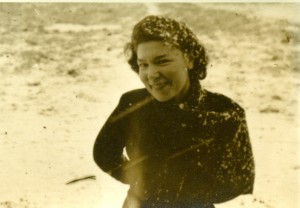

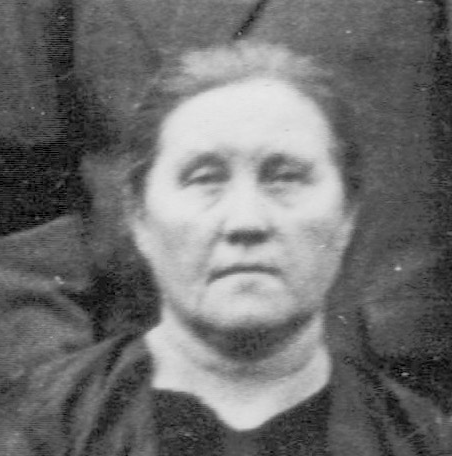
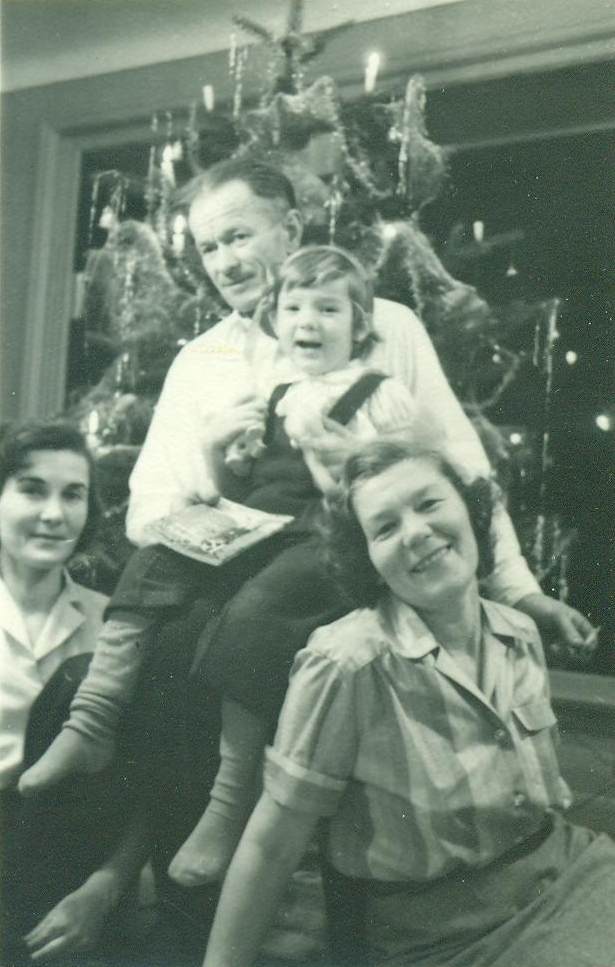
 (this is an image to prevent spam, you will need to type the address into your email program), and we can discuss your needs. All rates are in Canadian dollars.
(this is an image to prevent spam, you will need to type the address into your email program), and we can discuss your needs. All rates are in Canadian dollars.